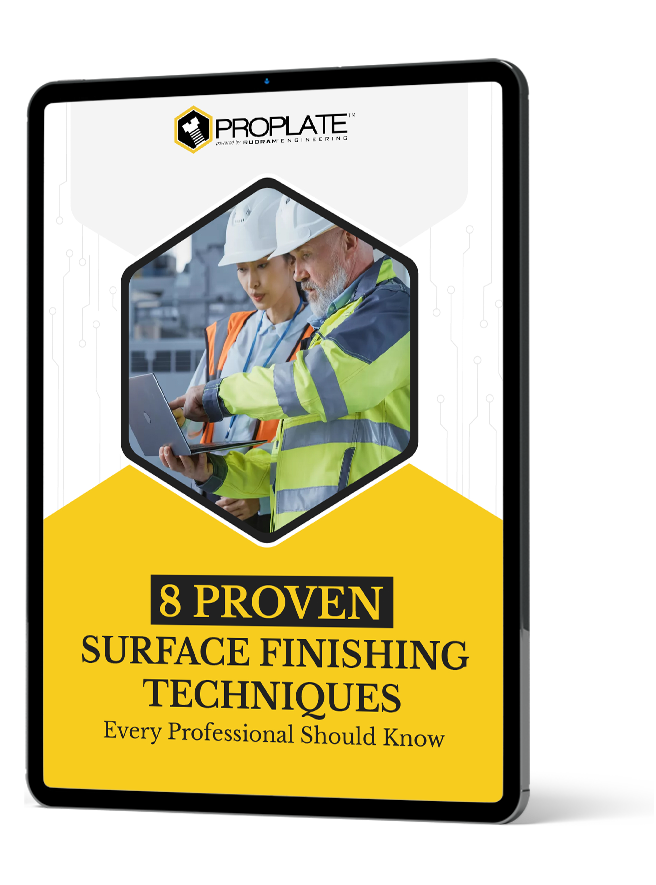The integration of advanced digital technologies into the E-coating process is revolutionizing manufacturing efficiency and product quality across various industries. E-coating, or electrodeposition coating, is a widely used method for applying protective and decorative coatings to metal substrates. This article explores how digital transformation enhances E-coating efficiency through improved monitoring, predictive analytics, and automation.
The Role of Digital Transformation in E-Coating
Digital transformation (DX) refers to the integration of digital technologies into all aspects of a business, fundamentally changing operations and value delivery. In E-coating, DX introduces precision and control, utilizing technologies such as the Internet of Things (IoT), machine learning, and big data analytics to optimize the coating process.
The process begins with thorough surface preparation, ensuring the substrate is clean and free of contaminants. Next, the substrate is immersed in a solution containing metal ions, where it undergoes a chemical reaction or electroplating process to form a uniform metal coating. The final step often involves post-plating treatments, such as polishing or annealing, to achieve the desired finish.
Enhanced Monitoring and Control
One of the key benefits of digital technologies in E-coating is the enhanced ability to monitor and control production parameters. IoT sensors can collect real-time data on critical factors such as temperature, voltage, and pH levels. This data can be visualized on dashboards, allowing operators to maintain optimal conditions and quickly respond to any deviations, thus ensuring consistent coating quality.
Predictive Analytics for Quality Assurance
Predictive analytics plays a crucial role in maintaining high-quality coatings. By analyzing historical data, machine learning algorithms can identify patterns that indicate potential equipment failures or quality issues. This proactive approach enables manufacturers to perform maintenance before breakdowns occur, minimizing downtime and ensuring a steady production rate.
Optimizing Production Efficiency
The introduction of digital technologies not only enhances quality but also maximizes production efficiency.
Resource Utilization and Waste Reduction
Real-time monitoring allows manufacturers to optimize resource use, including raw materials and energy. For instance, IoT devices can signal when the coating bath needs replenishment, reducing waste and ensuring that resources are used effectively. This optimization leads to substantial cost savings and improved sustainability.
Automation and Speed
Automation is another significant advantage of digital transformation in E-coating. Robotic systems can perform tasks such as immersing and removing parts from the coating bath more quickly and accurately than human operators. This automation streamlines workflow management, significantly reducing production time and enhancing throughput.
Sustainability and Compliance
Sustainability is increasingly important in manufacturing, and digital technologies contribute significantly to sustainable practices in E-coating.
Energy Efficiency
Advanced systems can monitor energy consumption in real time, identifying areas for improvement. For example, adjusting power supplied to the coating bath based on real-time data can lead to significant energy savings without compromising coating quality.
Regulatory Compliance
Digital systems can also help ensure compliance with environmental and safety regulations. Real-time monitoring of emissions and waste products allows manufacturers to maintain operations within permissible limits, while automated compliance reporting reduces administrative burdens.
Challenges and Solutions
Despite the numerous advantages, implementing digital technologies in E-coating can present challenges, such as coating defects and limited material compatibility. However, these issues can be mitigated through:
About PROPLATE™
PROPLATE™, as your complete surface finishing solution platform, is an engineering marvel crafted to change your operations radically. Altogether, one can admit, due to the numerous features and tools the PROPLATE™ provides its users, that this software is the most efficient and convenient tool to control all stages of surface-making processes. From end-to-end process integration for projects to the easy exchange of information with clients, PROPLATE™ makes businesses capable of fine-tuning their methods to get real-world performance and best-quality outcomes. Whether for a single shop establishment or a huge production company, PROPLATE™ has the features for a successful plate fabrication makeover, ever-improved company services, and a competitive edge in the highly demanding industry of today.
Conclusion
The application of advanced digital technologies in E-coating is transforming the manufacturing landscape, enhancing efficiency, quality, and sustainability. By leveraging IoT, machine learning, and automation, manufacturers can optimize their E-coating processes, reduce costs, and meet the growing demand for high-quality, durable coatings. As industries continue to evolve, embracing digital transformation will be essential for maintaining a competitive edge in the market.
FAQs
1. What are the key benefits of digital transformation in E-coating?
Digital transformation in E-coating enhances monitoring and control, enables predictive analytics for quality assurance, optimizes resource utilization, reduces waste, and increases automation and speed.
2. How do IoT sensors contribute to improved E-coating efficiency?
IoT sensors collect real-time data on critical parameters such as temperature, voltage, and pH levels, allowing operators to maintain optimal conditions and quickly respond to deviations, ensuring consistent coating quality.
3. What role does predictive analytics play in E-coating quality assurance?
Predictive analytics, powered by machine learning algorithms, analyzes historical data to identify patterns that indicate potential equipment failures or quality issues. This proactive approach enables manufacturers to perform maintenance before breakdowns occur, minimizing downtime and ensuring steady production.
4. How does digital transformation contribute to sustainability in E-coating?
Digital technologies contribute to sustainability by optimizing energy consumption, reducing waste, and ensuring compliance with environmental regulations. Real-time monitoring of emissions and waste products allows manufacturers to maintain operations within permissible limits.
5. What challenges may arise when implementing digital technologies in E-coating, and how can they be mitigated?
Challenges such as coating defects and limited material compatibility can arise when implementing digital technologies in E-coating. These issues can be mitigated by optimizing pre-treatment, maintaining bath chemistry, and implementing robust quality control programs.
